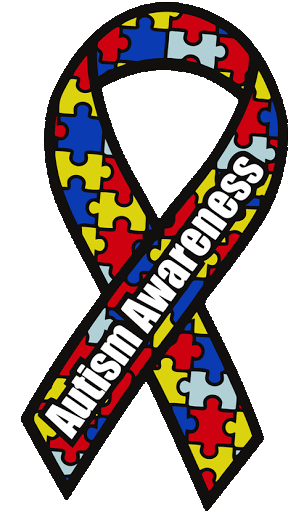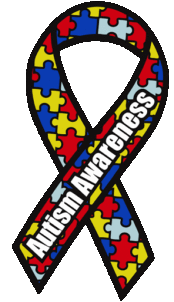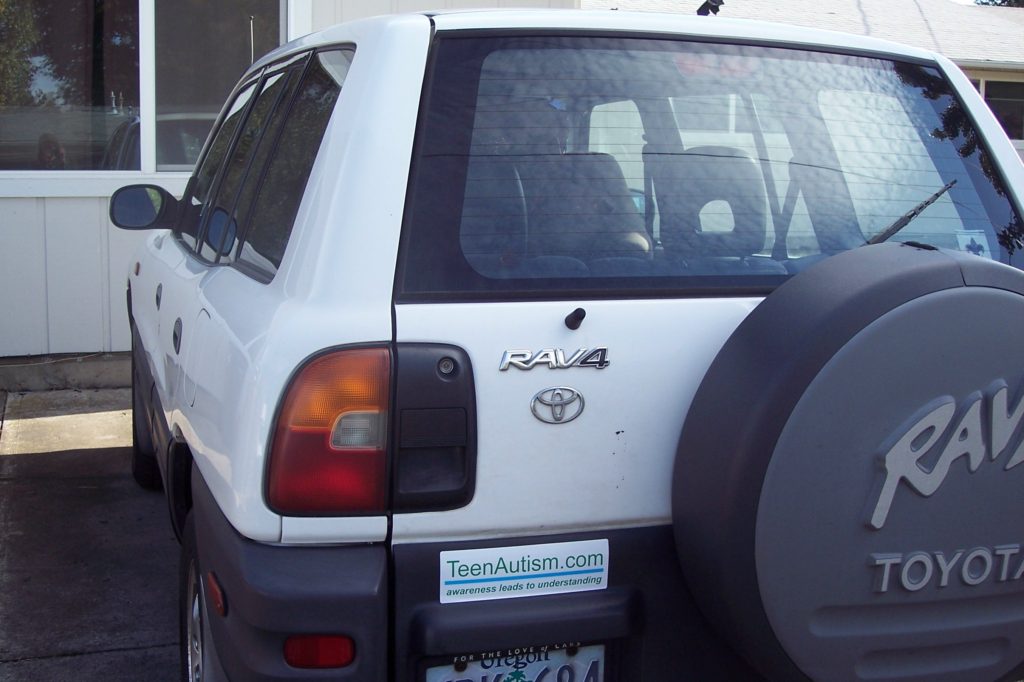As an autism parent nearly twelve years post diagnosis, I (and, I’m sure, many other parents) have developed what is often referred to as “A-dar,” short for autism radar. It’s the awareness of a possible autism diagnosis through observing the behavior and facial cues of children and adults with whom we happen to come in contact. It’s not something I ever make an effort to do – it just happens. I’ll be in a public place, or a gathering of some sort, and I happen to notice something different, but all too familiar. My spine sort of tingles, and I know. Or I think I know.
A week before going to Nepal, I spent a couple of days visiting with my extended family that lives in Los Angeles County, where I grew up. My brother and sister-in-law hosted a barbeque on the Fourth of July, and, in addition to everyone’s company, I enjoyed lounging around their pool and watching the fireworks from it. We could see about a dozen different fireworks shows in the surrounding communities, all going off intermittently. It was really cool to watch, and I was happy to be there.
The next day, my brother and I got together with our youngest sister and drove out to Hacienda Heights, a city in LA County where we had spent most of our childhood. We drove by three of the homes we’d lived in, stopping to take photos of two of them. They’d both been redecorated, of course, and we were relieved that they were not in disrepair. One had had a tree in the front yard that my brother and I used to climb regularly, and it had been taken out, we noted with disappointment. One had been a brand new home when we moved into it in 1976, and so the baby trees that our parents had planted had grown up all these years later, towering over the house. The fact that we had now grown up, too, was not lost on us.
Then we went to the local ice cream store where I had worked during high school. It was still there! It felt weird to be buying cones from the other side of the counter, noting all the changes in the place since I’d been gone for twenty years. The chain grocery store that had anchored the shopping center was empty, out of business. But the ice cream store was still there, a little oasis on a hot day. Then we drove out to the mall where we used to buy all our school clothes while growing up, and we stopped for lunch at a Mexican restaurant that we’d loved as kids. This time, though, we had margaritas.
After lunch, we drove out to the cemetery where one of our grandfathers is buried. We couldn’t remember where it was, but we had a hunch and were able to find it. The three of us sat under a tree on a bench next to his grave and talked about our memories of him. My brother noticed a cigarette butt on the grave marker and got up to flick it away. Then we laughed as we realized that Grandpa probably liked having it there, since he was a smoker who always tried to hide it from everyone.
When it was time to drive back to my brother’s house, he stopped for gas and got out to pump it. Sitting in the passenger seat, I began to hear some type of vocal stimming coming from the SUV filling up next to us. “Kava, kava, kava, kava,” it sounded like. A few seconds went by, then “Kava, kava, kava,” again. It was a masculine voice, maybe an older teen. I wanted to see him, wanted to see if my interpretation of what I was hearing was correct. But the windows of the SUV were dark, and I could not see in. After another minute, the SUV pulled away, and I silently wished them well.
Seconds later, I heard it again. “Kava, kava, kava.” Obviously, it had not been from an occupant of the SUV. I turned around and looked. “Kava, kava, kava.” It was a young man selling flowers. What? I thought. What is he saying? I strained to decipher it and decided that he must be saying “Flowah, flowah, flowah.” But he was saying it so quickly and run-together, with a non-native-English-speaker accent, that I thought I had been hearing vocal stimming. I had been convinced that that’s what it was. I laughed inwardly at myself, my certainty, and my mistake. Sometimes things are not always as they appear to be. Houses are repainted, trees grow bigger or get removed, and sometimes a guy is just selling flowers.

My brother and I in front of one of our childhood homes















